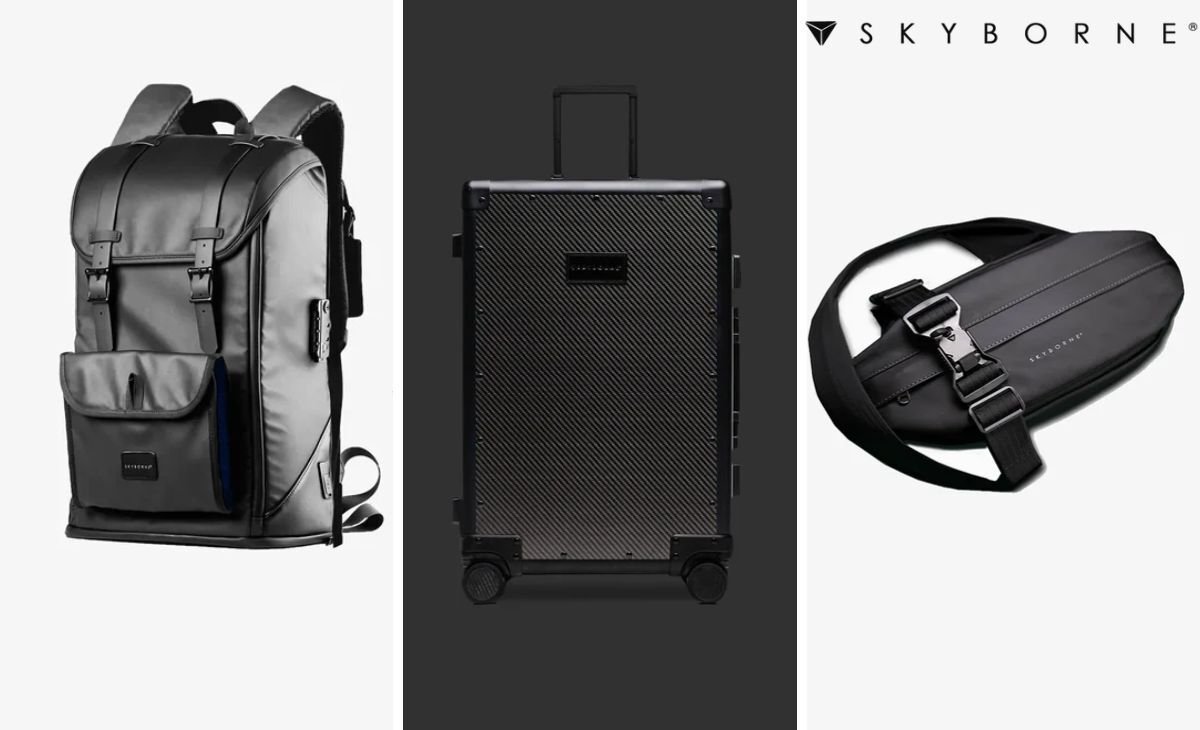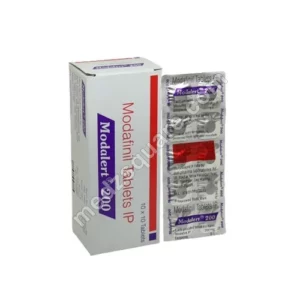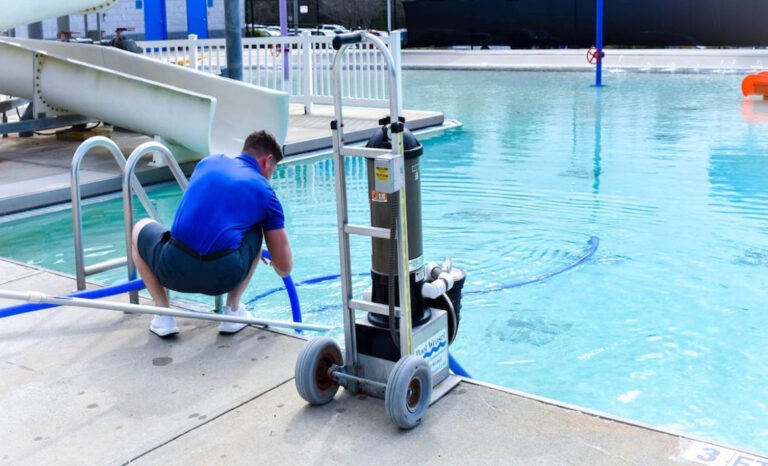Traveling can be one of life’s most rewarding experiences, offering opportunities to explore new cultures, meet interesting people, and create unforgettable memories. However, the success of your journey often hinges on how well you prepare, particularly when it comes to your travel bags. The right bag not only helps you carry your belongings but also enhances your overall travel experience. In this comprehensive guide, we will delve into the world of travel bags, exploring different types, materials, features, and tips for choosing the perfect one for your adventures.
Understanding Travel Bags
Before diving into the specifics, it’s essential to understand what
Travel Bags encompass. Travel bags are designed to carry personal items during travel. They come in various shapes and sizes, catering to different needs and preferences. From backpacks and suitcases to duffel bags and totes, each type has its unique advantages, making them suitable for specific travel scenarios.
Types of Travel Bags
Backpacks
Backpacks are the go-to choice for many travelers, especially those embarking on outdoor adventures or backpacking trips. They offer hands-free convenience and are ideal for navigating crowded airports, train stations, or hiking trails. When selecting a travel backpack, consider the capacity (measured in liters), comfort features like padded shoulder straps and back support, and compartments for organizing your gear.
Suitcases
Suitcases are classic travel companions, known for their structured design and durability. They come in various sizes, from carry-ons to large checked luggage. A hard-shell suitcase provides maximum protection for fragile items, while soft-shell options are often lighter and more flexible. Look for features like spinner wheels for easy maneuverability and built-in locks for added security.
Duffel Bags
Duffel bags are versatile options for short trips or gym sessions. Their spacious interiors can accommodate a wide range of items, and many come with detachable shoulder straps for easy carrying. They are particularly popular among travelers who prefer a more casual style. When choosing a duffel bag, consider its material, durability, and whether it has any compartments for organization.
Tote Bags
Tote bags are perfect for day trips or as an additional carry-on. They are usually unstructured, providing flexibility for various items. Totes are great for carrying essentials like a laptop, books, or a change of clothes. Look for a tote with sturdy handles and pockets for organization, especially if you plan to use it frequently during your travels.
Wheeled Backpacks
For those who want the best of both worlds, wheeled backpacks offer the convenience of a backpack with the ease of rolling luggage. These bags are especially useful in urban environments where public transport is common. Ensure the bag has durable wheels and a comfortable handle, as well as padded straps for carrying when needed.
Choosing the Right Material
The material of your travel bag plays a crucial role in its durability, weight, and overall performance. Here are some common materials used in travel bags:
Nylon
Known for its lightweight and water-resistant properties, nylon is a popular choice for backpacks and duffel bags. It offers good durability while remaining easy to carry.
Polyester
Similar to nylon but slightly heavier, polyester is also water-resistant and offers excellent color retention. It is often used in budget-friendly travel bags.
Canvas
For a more stylish and durable option, canvas bags are an excellent choice. They are sturdy, have a classic look, and often come with various patterns and colors.
Leather
Leather bags are known for their elegance and durability. While heavier, they offer a sophisticated appearance and can last a lifetime with proper care.
Hard Shell
Usually made of polycarbonate or ABS plastic, hard-shell bags provide excellent protection for fragile items but can be heavier and less flexible in
terms of packing.
Essential Features to Look For
When selecting a travel bag, certain features can significantly enhance your travel experience:
Size and Capacity
Determine the size of the bag based on the duration of your trip and your packing habits. Carry-on sizes typically range from 20 to 22 inches, while checked luggage can go up to 30 inches or more.
Compartments and Pockets
Organizational features are vital for easy access to your belongings. Look for bags with multiple compartments, zippered pockets, and even built-in organizers for tech accessories.
Comfort
Comfort is key, especially for bags that will be carried for long periods. Ensure your bag has padded straps, a well-designed handle, and back support if
applicable.
Security Features
Travel bags should offer security features like lockable zippers, RFID-blocking pockets, or anti-theft designs to keep your belongings safe.
Durability
Choose a bag that can withstand the rigors of travel. Look for high-quality stitching, reinforced seams, and robust zippers.
Packing Tips for Your Travel Bags
Once you’ve selected the perfect travel bag, packing it efficiently can enhance your travel experience. Here are some packing tips to consider:
Roll Your Clothes
Rolling your clothes instead of folding them can save space and reduce wrinkles. This technique also allows you to fit more items into your bag.
Use Packing Cubes
Packing cubes are excellent for organization. They help separate clothing, toiletries, and other items, making it easier to find what you need without unpacking your entire bag.
Prioritize Essentials
Keep essential items like travel documents, medications, and chargers in easily accessible pockets. This way, you won’t have to dig through your bag when you need them most.
Limit Shoes
Shoes can take up a lot of space. Aim to bring no more than two pairs—one for casual wear and another for formal occasions, if necessary.
Leave Room for Souvenirs
If you plan to shop during your travels, leave some space in your bag for souvenirs. This will prevent you from needing to buy an additional bag on your journey home.
Sustainable Travel Bags
In recent years, sustainability has become a significant consideration for travelers. Many brands are now offering eco-friendly travel bags made from recycled materials or produced through sustainable practices. When choosing a travel bag, look for certifications or brands that prioritize environmental responsibility. Sustainable bags not only reduce your carbon footprint but also support ethical manufacturing practices.
Maintenance and Care for Travel Bags
Taking care of your travel bag can extend its lifespan and keep it looking new. Here are some maintenance tips:
Clean Regularly
Wipe down your bag after each trip to remove dirt and debris. For fabric bags, follow the manufacturer’s cleaning instructions.
Store Properly
When not in use, store your travel bag in a cool, dry place. Avoid keeping it in direct sunlight to prevent fading.
Repair Minor Damage
If your bag sustains minor damage, such as a loose strap or broken zipper, address these issues promptly to prevent further damage.






